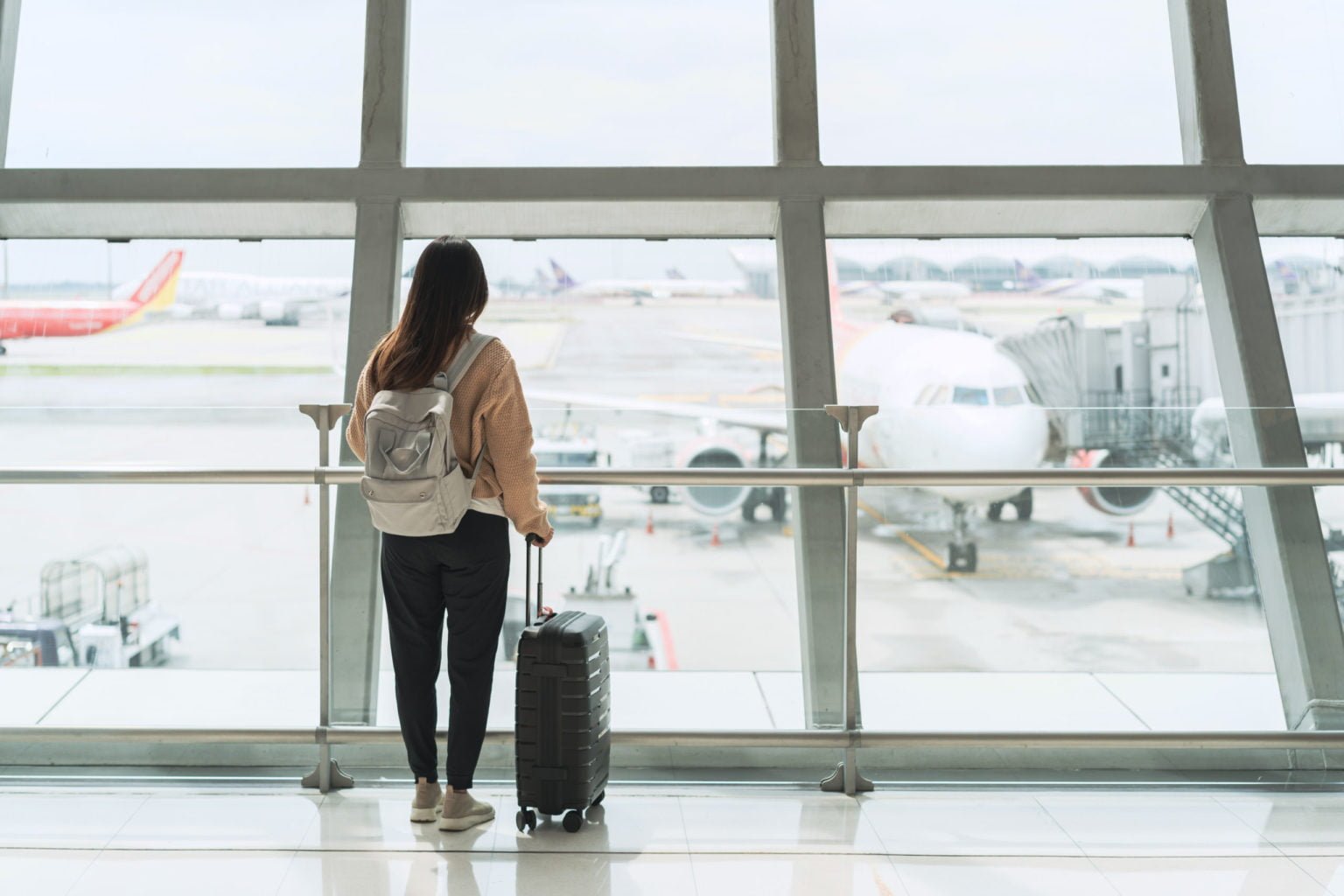The COVID-19 pandemic caused widespread panic and confusion around the world. The virus, which was discovered in China in late 2019, quickly spread to other parts of the world. Hospitals were overwhelmed with patients, and governments struggled to provide the necessary resources and information to the public. Schools and businesses closed their doors, and people were encouraged to stay home and avoid large gatherings. Many countries instituted travel bans in an attempt to contain the virus. Since the pandemic began, the cost of travel has changed significantly. Airlines reduced capacity, theme parks have increased in price, cruise lines have been intermittent, and train and bus companies have modified their service plans. The average cost of travel insurance has also increased. The pandemic resulted in the loss of many lives and caused significant economic damage. Learn more about how the cost of travel has changed since COVID-19.
The price of travel insurance has increased due to demand.
As the COVID-19 pandemic drew on, the price of travel insurance increased. This is because insurance companies are expecting a higher number of claims from people who get sick while traveling. The average cost of travel insurance is 5% to 6% of your trip costs. It varies depending on the age of the traveler, the length of the trip, and the destination. So, if you are planning a trip in the near future, it is important to buy travel insurance sooner rather than later and to budget it into your travel plans. This will ensure that you are protected in the event that you get sick or experience any travel interruptions like flight delays or cancellations.
Airlines have lowered prices and increased seating availability.

The COVID-19 pandemic caused a global travel slowdown, with people canceling or postponing their trips, especially for international locations. Airlines have responded by lowering prices and increasing seating availability. This has made travel more affordable and accessible for people around the world. As the pandemic continues, most anticipate that airlines will continue to offer low prices and increased seating to encourage people to travel. Things are slowly picking up, but it still has not reached pre-pandemic levels.
Hotels are offering discounts and free cancellations.
More hotels have been offering discounts and free cancellations. The cost of hotel rooms decreased significantly. In March, the average cost of a hotel room was $128. In April, the average cost of a hotel room was $105. The cost of hotel rooms is expected to even out in the summertime, especially now that travel is becoming more and more commonplace. Some businesses still have limited capacity. But it all depends on where you are in the world and whether the COVID cases are high in that specific area.
The overall cost of food has increased.

The cost of food has changed dramatically in the past few years. One of the most notable changes has been the price of meat. Beef has increased by as much as 25%, while pork has increased by as much as 15%. The price of chicken has remained relatively stable, but the availability of chicken has decreased significantly. This has led to a shortage of chicken in many parts of the world. The cost of fruits and vegetables has also increased significantly. Bananas have increased by as much as 50%, while the price of tomatoes has increased by as much as 25%. The availability of food decreased dramatically since COVID-19 began. This doesn’t just affect grocery stores but restaurants all over the world as well. When traveling within the country or even abroad, you should expect restaurants to be open for fewer hours a day or for there to be menu items that aren’t available.
These are just a few changes that have occurred since the pandemic began in 2020. It is important to stay up to date on the latest travel advisories and guidelines from your home country and the country you are visiting, as the situation is constantly evolving.






